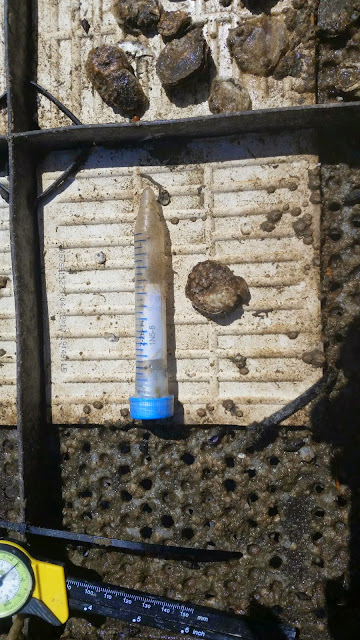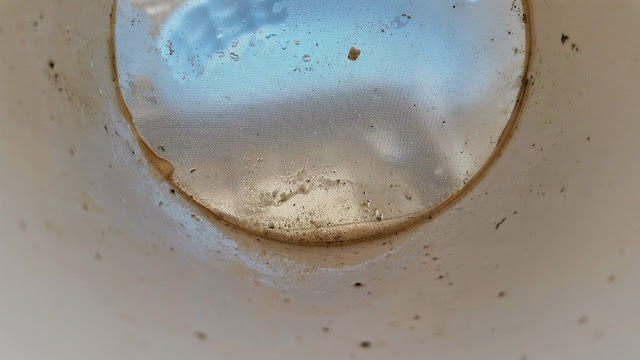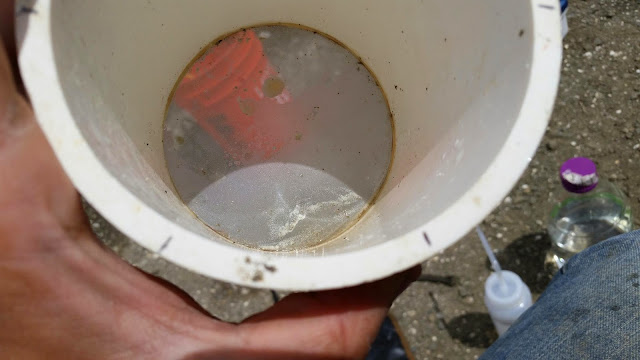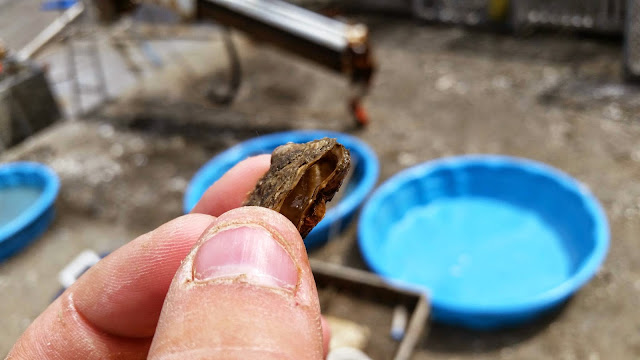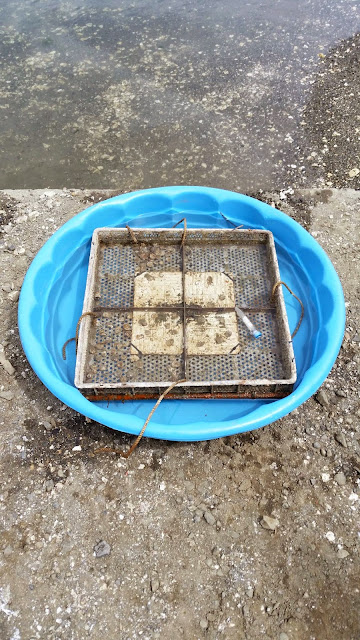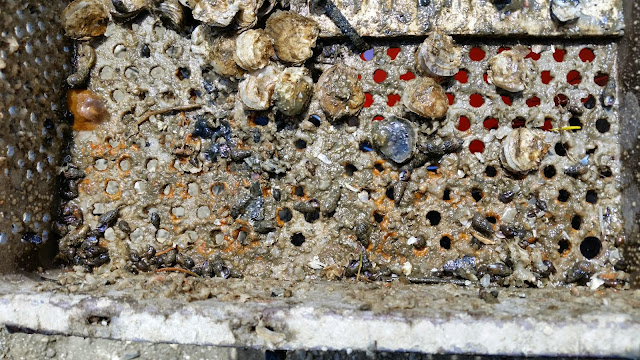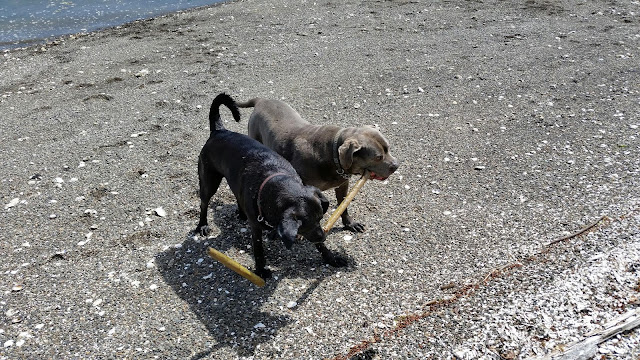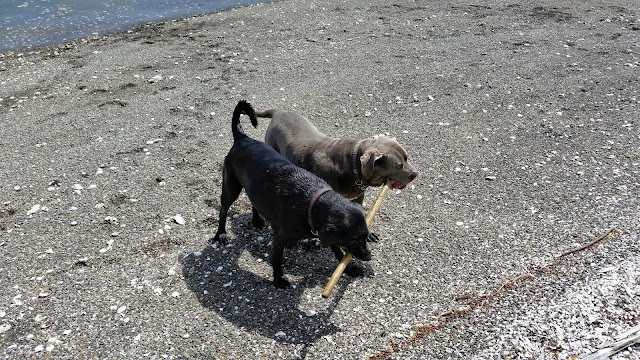Shelton wa
Mid 60s
Also took temp, salinity and size of brooding females.
Numbers as follow:
Temps
President treatment bath
Initial. 15.5
45 min. 15.5
1.5 hrs. 16.5
Treatment temp
Initial. 11
45 min. 12
1.5 hrs. 15
2.25 hrs. 16
Recovery bath Temps
Initial. 14
45 min 17
1.5 hrs. 18
2.25 hrs. 18
Salinity in ppt
Pretreatment. 25
Treatment. 70
Recovery. 25
Brooding data
1H1-4
Brood. 1
Gaping 80
Dead. 7
Brooders info
# size (mm). Larvae taken
1. 24. y
1S13-16
Brood. 5
Gaping 74
Dead. 9
Brooders info
# size (mm) larvae taken
1. 36. Y
2. 26. Y
3. 26. Y
4. 25. Y
5. 28. Y
1N5-8
Brood. 2
Gaping 51
Dead. 6
Brooders info
# size (mm) larvae taken
1. 27. Y
2. 28. Y
Brooding larvae are easy to spot. They appear as pools or swarms of white material around the mouth portion of the visceral mass. If oyster has water still in it they maybe swarming inside of the animal. To confirm their presence use black tip of zip tie to collect small portion for viewing. Small white grainy substance is brooding larvae. Grey or green substance most likely algae or food.
Also hazard note. Small portion of ethanol fell on to some gaping animals when transferring larvae to tube. Washed off immediately but worried that undue mortality may occur. That or drunk oyster party.
Attempted to get pics of brooding but not good ones. Posted below.

